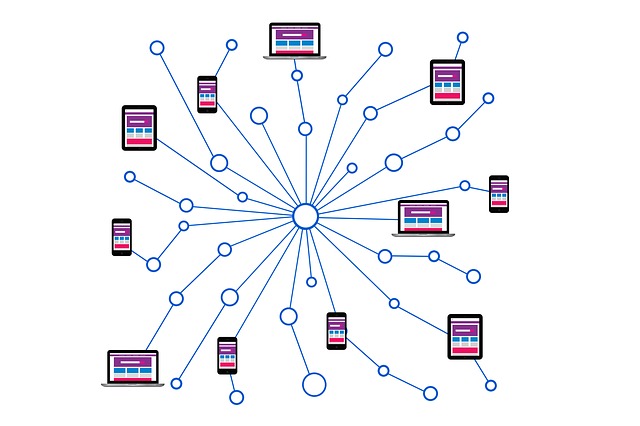Closing Sonoma County’s Digital Divide
Author: Rick Phelan
Published: 04.23.18

K-12 schools need access to digital learning materials, communication resources, videos, and electronic databases to prepare students for college and careers. Schools that lack access to the internet and technology resources are at a serious disadvantage. Sociologists recognize gaps between those who have technology and internet access versus those who do not and describe the situation as the "digital divide." This blog post offers perspective on work happening in Sonoma County to close the digital divide among our county’s K-12 schools.
Most K-12 public schools in Sonoma County have technology with adequate internet access and are on the “positive side” of the digital divide. Criteria for recognizing this status:
- Students and staff report consistent and reliable internet connections from desktop computers, laptops, tablets and Chromebooks
- Network service gauges show at least 1.5 megabits per seconds of bandwidth for each student at a given school (eg. a school with 300 students would have at least 450 megabits per seconds of internet service)
Two Sonoma County schools had been on the negative side of the digital divide- Ft. Ross Elementary with 20 students and Kashia Elementary with 14 students. These schools, located in coastal rural areas of Sonoma County have had very limited internet access. Ft. Ross Superintendent John Markatos observed, “It’s been a challenge when staff and students use the internet at the same time...response time slows based on the number of students who are using the internet simultaneously.” SCOE Information Technology staff measured internet service at each school to be less than 1.6 megabits per seconds per second, a speed suitable for serving only one user at a time.
Recognizing the needs at both Ft. Ross and Kashia, SCOE Information Technology Director Dan Bienkowski worked with the district superintendents to submit Broadband Infrastructure Improvement Grants offered through a program of the California Department of Education and State Board of Education. Grants for Ft. Ross and Kashia were approved last fall and work has been taking place to upgrade internet service at each school. The technical aspects of establishing improved internet service at each location offers perspective on the challenges and costs.
Kashia Elementary now has a 100 megabit microwave connection. Internet services from the main connection point at the Sonoma County Office of Education in Santa Rosa are transmitted to the west through microwave dishes located on SCOE’s roof, over two mountains and finally to a redwood tree on Kashia’s school ground area. From the redwood tree a cable connects Kashia classrooms and administrative offices.
Ft. Ross Elementary’s improved internet service connection will be completed soon. More time has been required because microtrenching was involved. Microtrenching is the process of creating a slot in a roadway for the installation of fiber optic cable lines. Ft. Ross’s internet circuit begins at Montgomery School in Cazadero. The line travels part way to Ft. Ross over PG&E power poles. Because of regulations governing power pole use in the area, the remaining distance is happening through microtrenching in the north bound lane of Seaview Road leading to the school. The circuit comes out of the road near the school entrance and completes the Ft. Ross internet connection.
Through the collaborative efforts of educators in Kashia, Ft. Ross and SCOE Information Technology staff, students will will be able to access online learning materials such as Kahn Academy, LexiaCore 5 and Odysseyware. Global connection projects can happen that will allow these schools to connect with others anywhere in the world. Staff will be able to join virtual learning communities and extend their professional development networks.
As school districts think about their networks and internet access, SCOE Network Administrator Cody Grosskopf reminds us that issues related to the digital divide are ongoing, “...technology continues to evolve and change...what's adequate bandwidth and access today will be different tomorrow.” District technology coordinators and budget managers need to plan for upgrades and improvements that will be necessary to sustain adequate internet access.
Related Information and Resources
What’s Lost When Kids Are Under Connected to the Internet?
Electronic Digital Learning Resources
Resources for Closing the Digital Divide
Broadband Infrastructure Improvement Grant
Blog: Technology for Learners

